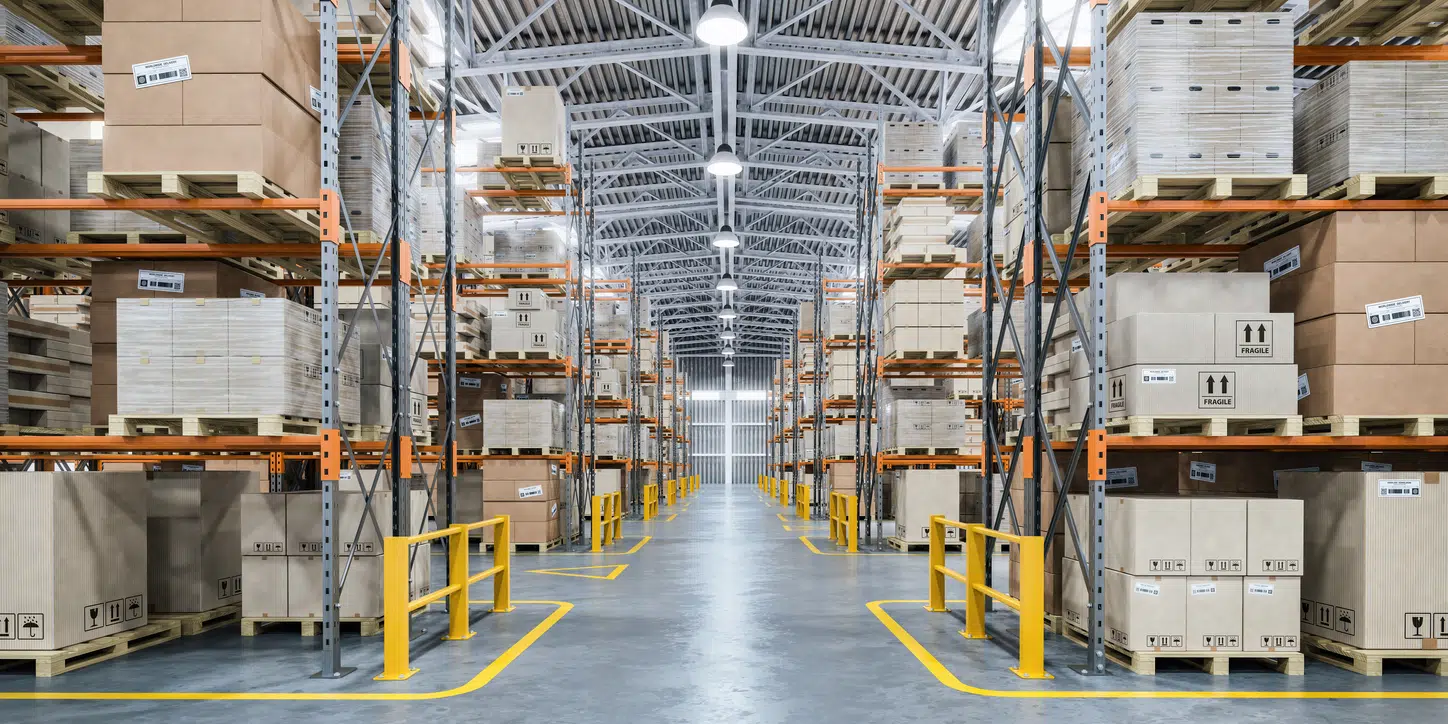More trade deals should mean more savings for importers, but things can get complicated when a country qualifies for multiple agreements. From India’s DCTS access to Vietnam’s dual eligibility under an FTA and the CPTPP, choosing the right route isn’t always obvious. Different rules of origin, product coverage, and paperwork mean that picking the wrong agreement can cost you in duties, compliance, and time. This article looks at why using the right preference route matters, and how to avoid common mistakes when options overlap.
FTA or DCTS? Why choosing the wrong Free Trade Agreement could cost you
Trade preferences are supposed to make life easier for importers. But what happens when a country benefits from multiple preferential trade arrangements? We’re seeing this more and more. Countries like India and Vietnam have access to both a Free Trade Agreement (FTA) and the Developing Countries Trading Scheme (DCTS) or the CPTPP. It sounds like a win-win.
Not quite.
Same Country. Different Agreements. Different Outcomes.
Take India. It currently benefits from DCTS, which offers reduced tariffs on eligible goods. However, a new FTA between the UK and India is on the horizon, and duties across most tariff lines are expected to be eliminated once ratified. At first glance, this looks like a straightforward switch. But dig deeper, and things get murkier.
- Not all chapters are covered under each scheme;
- Rules of origin differ between the DCTS and the FTA;
- The documentation requirements also vary, especially the certificate of origin.
In short, what qualifies for preference under one agreement may not under the other.
And then there’s Vietnam, already party to a bilateral FTA with the UK but also a member of the CPTPP. We’ve seen clothing importers caught out here. Goods manufactured in Vietnam, using yarns from China, don’t meet the origin rules under the UK-Vietnam FTA, but they may qualify under the CPTPP.
What’s at Stake?
These aren’t edge cases. They’re becoming everyday challenges. So what does this mean for importers?
It means there’s a real risk of:
- Paying more duty than necessary, if you don’t claim preference under the most beneficial agreement;
- Getting preference wrong, if you claim under an agreement where the goods don’t qualify;
- Getting a bill from HMRC, if a retrospective audit finds that preference was wrongly claimed.
Questions importers should be asking right now:
- Do I know which preferential agreements apply to the countries I import from?
- Have I compared the rules of origin and duty rates under each?
- Can my suppliers issue the correct certificate of origin for the right agreement?
- What’s my plan for managing the transition if or when the trade agreement changes?
What This Means for You
Because here’s the truth: suppliers don’t always get this right. Many don’t issue certificates of origin unless prompted/pushed. Others will default to what they know, even if it’s no longer the best option.
The responsibility lies with the importer. And when agreements overlap or evolve, so too must your approach.
Navigating FTAs and DCTS isn’t just a paperwork issue. It’s a cost, compliance and commercial risk.
If you’re not sure which preference route is right for your supply chain, it’s worth asking the question before HMRC does. Our consultants can help save you time as we are familiar with the agreements already. Please reach out if you need assistance in this area.
Talk To An Expert
Need help with customs compliance or looking to save on costs?
Share your contact details, and one of our experts will be in touch to assist!
Related Posts
13 August 2025
From Taiwan to Tribunal: A Case Study in Customs Complexity and Equity
A rare UK tribunal ruling allowed an…
4 August 2025
Fear, Avoidance, and Customs Compliance: What CFO’s Should Know
Fear and avoidance can quietly…
4 August 2025
Why Expert Support Is Critical for Successful Customs Warehouse Implementation
Customs warehousing can unlock major…


